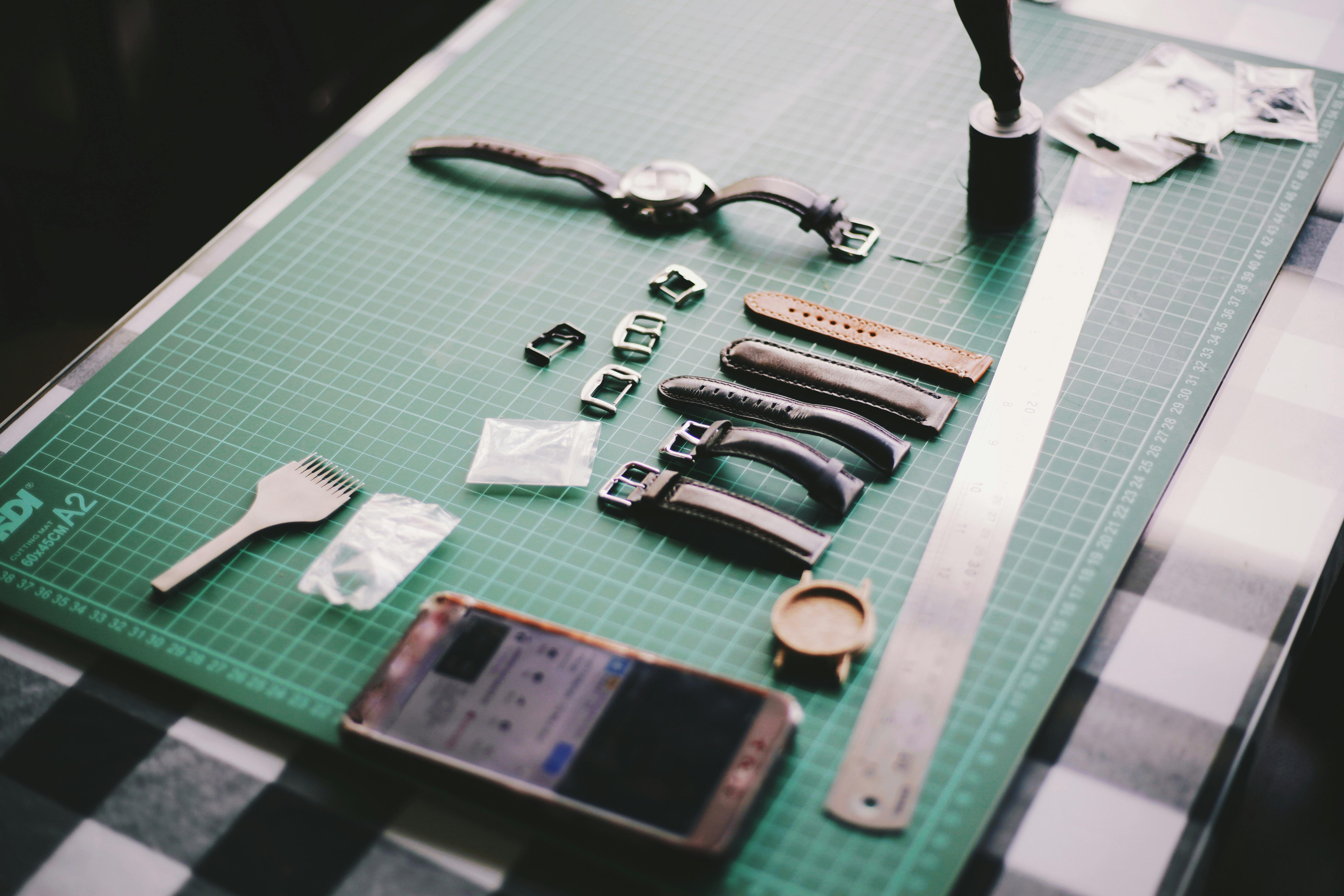Peter Senge describes “building a shared vision” as “a practice of unearthing shared images of the future that encourage genuine engagement and enrollment rather than compliance.” Its description and application applies not only to teams and organizations, but also to couples, family units, and any group of people who come together for a common purpose. I want to share a fun and dynamic methodology to make shared visions real and meaningful for all participants.
Features and benefits of shared vision include:
Visual representation of everyone’s “image of success”
Focus on collective and mutually beneficial future outcomes
Everyone’s voice is heard, respected and recognized
Visibility of group values that help guide “high road” behaviors
Acceptance, commitment and participation of stakeholders
Excellence and sustainability in the performance of the group and the organization
This practical method of neuroscience has been extensively tested in the field with groups of 3 to 50 people. Group participants can be a family, a social organization, a church committee, a board of directors, a sports team, a business department, or an entire organization. The process can be replicated multiple times in an organization to cover hundreds or thousands of people.
The basics
- All members of the group who wish to participate are included without exception.
- The meeting room should accommodate all participants to sit in a semi-circle, stand up and move around. Fewer than 30 participants at a time are recommended to allow for maximum participation and keep sessions under 2 hours.
- A large, smooth, unobstructed wall or whiteboard, with space to place 7-10 flipchart pages, is required in front of participant seats. Flip charts are where participants post their shared vision notes.
- Each participant receives an 8 1/2″ X 11″ piece of paper with 6-8 colored Post-It notes on it. Additional Post-Its are available upon request.
- A skilled, non-participant facilitator, known for his open-mindedness, flexibility, and lack of judgment, should lead the session.
- No interruptions or questions are allowed when participants share their “success pictures.”
- The order of attendance is voluntary; everyone participates.
- Applause before and after is recommended for all participants.
The process
- The facilitator welcomes the group and explains the process and ground rules for sharing. Post-it notes and colored pens are provided for all participants.
- Each person records a single idea of their vision, image and description of success, per Post-It note. The description can be a keyword, a short phrase, a value, a headline, a symbol, a color, an image, a result, a book, a movie, a song, an event, an award, a number, an amount in dollars, a sound, a feeling, an image or practically anything you can think of. Maximum of 12 ideas per person.
- Pre-Applause for the first volunteer. The first Post-It is placed on any page of the flipchart and said out loud for all to hear. Subsequent ideas are placed next to similar/associated topics or on a separate flipchart if the idea does not seem to relate to the others. Post applause without comments or questions.
- Pre and post applause for subsequent volunteers until all participants have shared their vision of success. The process reveals a colorful galaxy of “cluster pattern” themes that constitute the “shared vision” of the group.
- The facilitator invites the group to walk around the flipcharts to take a closer look, name the topics, and realign the individual notes. Topics can include legacy, values, goals, customer benefit, team benefit, etc.
- The facilitator asks the group if any topic should be dropped because it is less important than the others. All the groups I have facilitated say that all the issues are connected and equally important; this response is ideal and should be expected. The facilitator asks the group if they feel their voice has been heard and respected. Finally, the participants have the opportunity to express their conclusions and final comments.
- Flip charts and Post-It notes are photographed, transcribed, and distributed to each participant. This process continues until all of the smaller groups, which make up the larger group/organization, have gone through their shared vision sessions. It is strongly recommended that the materials be transformed into a colorful mind map for daily visualization, communications, meetings, and events. The mind map should be enlarged to poster size and hung in large reception areas or other areas where people learn, work and communicate. Smaller versions are available to each participant.
In conclusion, implementing a “shared vision” session is immensely rewarding for all participants, their organization, and the people they serve and interact with. The process connects the mind, body and heart of each person in a respectful way. It brings people together to work with a shared purpose, common goals, and desired results. Creating a shared vision breeds morality, trust, and cooperation; harnesses the brainpower and heart power of the group to deliver outstanding and sustainable results.
